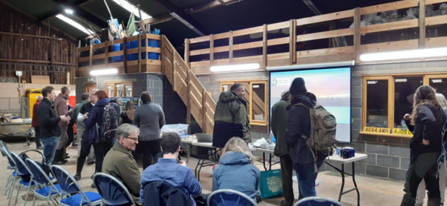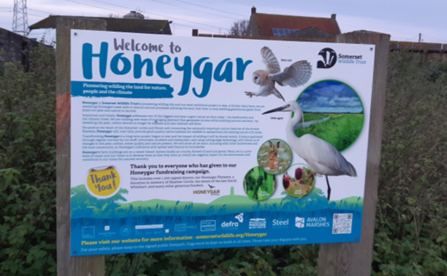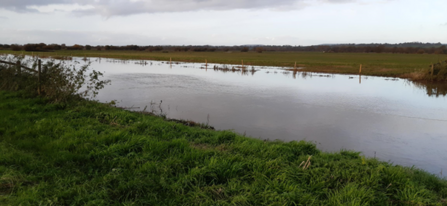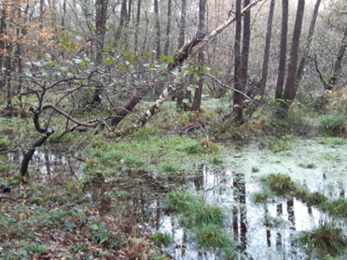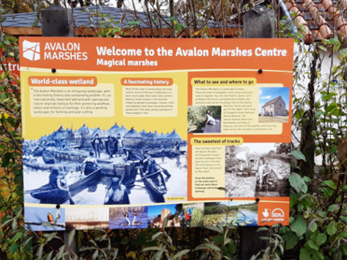During the course of any one year, the Great Fen is pleased to welcome many groups of visitors. We are a popular destination!
In October last year, staff from the Somerset Wildlife Trust joined representatives from many other conservation organisations, farmers, landowners and academics, in the Great Fen. The group was organised by Natural England, part of a three day tour of East Anglian wetlands including sites managed by the RSPB (Lakenheath) and National Trust (Wicken Fen).
Great Fen staff welcomed the group to Corney’s Barn where a presentation on the Great Fen was given and our guests were able to enjoy fascinating displays, including peat cores taken by Dr Steve Boreham, provided by Henry Stanier (Great Fen Monitoring and Research Officer). We then visited the paludiculture beds at Engine Farm, the Holme Posts, and Holme Fen NNR.

